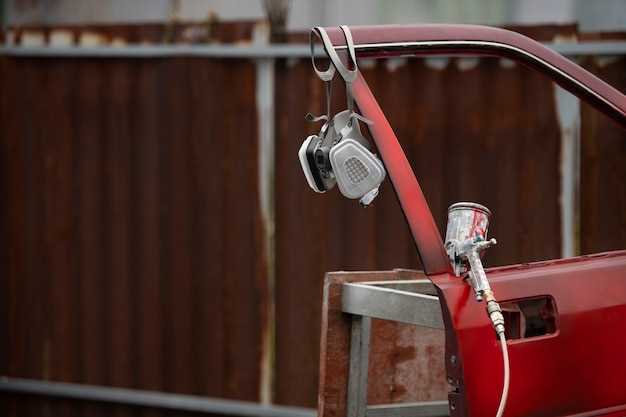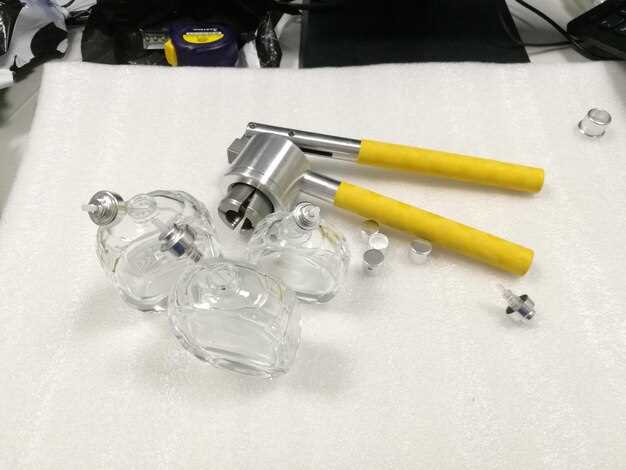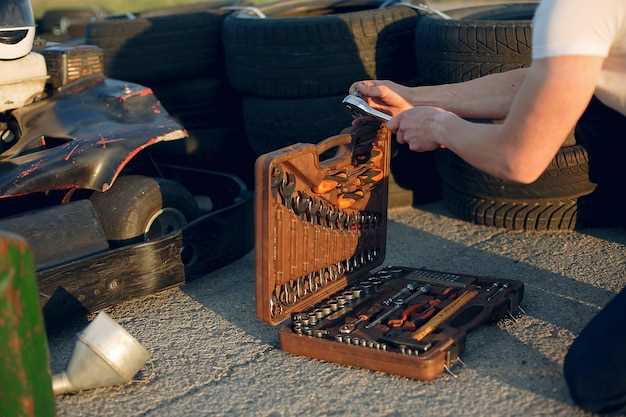Essential Tools for Restoring Vintage Cars

Restoring vintage cars is both an art and a science, requiring a deep understanding of automotive mechanics and a passion for preserving history. The process can be meticulous and time-consuming, but with the right set of tools, enthusiasts can breathe new life into classic vehicles. Whether you are a seasoned restorer or just starting your journey, having the appropriate tools is essential for achieving high-quality results.
In the realm of restoration, certain tools stand out as indispensable for tackling various tasks. From specialized hand tools to advanced machinery, each has its role in the comprehensive process of revitalizing vintage cars. Not only do these tools aid in maintaining the vehicle’s integrity, but they also enhance the overall efficiency of the restoration project. Understanding which tools to use and when can significantly impact the quality and outcome of the restoration process.
Moreover, investing in the right equipment not only facilitates a smoother workflow but also ensures that vintage cars are restored to their former glory. This article will delve into the key tools that every vintage car restorer should consider, highlighting their functionality and importance in achieving a successful restoration. With these tools at your disposal, you can transform your vintage car dreams into reality.
Must-Have Hand Tools for Vintage Car Restoration
Restoring vintage cars requires a specific set of tools to ensure each component is handled with care and precision. The right hand tools not only enhance efficiency but also maintain the integrity of the vehicle. Here are essential tools to consider:
- Wrenches: A variety of wrenches, including open-end, box-end, and adjustable wrenches, are crucial for loosening and tightening nuts and bolts.
- Sockets and Ratchets: Socket sets provide the versatility to tackle various fasteners, while a ratchet allows for quick and easy adjustments.
- Screwdrivers: Both flat-head and Phillips screwdrivers are necessary for removing and installing screws throughout the vehicle.
- Pliers: Needle-nose pliers, slip-joint pliers, and locking pliers assist in gripping, twisting, and cutting various materials.
- Hammers: A rubber mallet and a ball-peen hammer are useful for shaping metal without damaging it.
- Files and Rasps: These tools help smooth rough edges and refine surfaces, essential for achieving a polished finish on vintage components.
- Measuring Tools: A set of calipers, tape measures, and square levels ensures accurate measurements during assembly and alignment.
- Torque Wrench: Ensures fasteners are tightened to the correct specifications, preventing damage and ensuring safety.
- Chisels: Useful for removing rust and old paint, particularly in hard-to-reach areas.
- Vice Grips: These locking pliers provide a strong grip and are ideal for holding components in place during restoration work.
Using appropriate hand tools is critical for the successful restoration of vintage cars. Quality tools not only facilitate the repair process but also enhance the overall result, preserving the vehicle’s value.
Essential Power Tools for Efficiency in Restoration Projects

Restoring vintage cars requires a unique set of skills and the right tools to ensure the process is efficient and effective. Among these tools, power tools play a crucial role in expediting various tasks and achieving high-quality results.
One essential power tool is the rotary tool, which offers versatility for sanding, cutting, and polishing. It is invaluable for accessing hard-to-reach areas and performing intricate detailing on vintage vehicles. Coupled with various attachments, rotary tools enable restorers to tackle diverse surfaces and materials.
An angle grinder is another powerful ally in restoration projects. This tool excels at cutting through rusted metal, shaping and smoothing surfaces, and preparing components for painting. The ability to swiftly remove paint or restore edges makes it a must-have for vintage car enthusiasts.
Pneumatic tools, particularly air compressors, can greatly enhance productivity. They power sanders, impact wrenches, and paint sprayers that streamline the restoration process. Using pneumatic tools not only increases efficiency but also reduces the physical strain on the restorer.
For tasks involving welding, a MIG welder is essential. It provides a straightforward method for joining metal pieces, crucial for repairing and reinforcing vintage car structures. The precision and strength of MIG welding ensure a lasting bond, maintaining the integrity of the restoration.
Additionally, a bench sander is vital for achieving smooth finishes on wooden or metal surfaces. It allows restorers to quickly strip away old material and shape components with accuracy, making it easier to achieve that perfect vintage look.
Lastly, a high-quality drill is indispensable for any restoration project. It facilitates the installation of new parts, making it easier to secure components firmly. A drill with variable speed settings offers flexibility, accommodating different materials and tasks.
In conclusion, investing in essential power tools enhances the efficiency of vintage car restoration projects. With the right equipment, restorers can achieve exceptional results, ensuring these classic beauties are meticulously revived for generations to enjoy.
Specialized Equipment for Bodywork and Painting Tasks

Restoration of vintage cars requires a meticulous approach, particularly when dealing with bodywork and painting tasks. Specialized tools are essential for achieving high-quality results that restore elegance and integrity to these classic vehicles.
One of the most crucial tools is the sandblaster, which is used to remove rust, old paint, and other contaminants from the car’s surface. This equipment ensures a clean foundation for painting and can efficiently tackle difficult areas. Sandblasting allows for a smoother finish and is indispensable for proper rust treatment.
Another essential tool is the paint booth, which provides a controlled environment for painting. A well-ventilated paint booth minimizes dust and debris that could mar the finish, ensuring that the restoration process results in a flawless sheen and uniform color.
In addition, an air compressor is vital for operating various pneumatic tools. These tools, including spray guns for paint application, require a consistent air supply for optimal performance. The use of a high-quality spray gun ensures even distribution of paint, enhancing the final appearance of the restoration.
For body shaping and alignment, a set of body hammers and dollies is necessary. These tools facilitate precise metalwork, allowing restorers to reshape panels and fix dents effectively. Mastery of these tools is critical for achieving the proper fit and finish of body components.
Furthermore, a paint mixer is essential when dealing with specialty colors and finishes. Accurate mixing ensures that the restored vehicle maintains its authentic appearance, which is crucial for the overall credibility of the restoration.
Lastly, a sanding block and various grades of sandpaper are indispensable for preparing surfaces before painting. Proper sanding improves adhesion, resulting in a more durable finish. This meticulous step is vital to achieve the desired look of the vintage automobile.
In summary, specialized equipment for bodywork and painting tasks plays a pivotal role in the restoration process of vintage cars. Utilizing the right tools enhances the effectiveness of each task, ultimately ensuring that the result is both visually stunning and historically authentic.



